BLOG
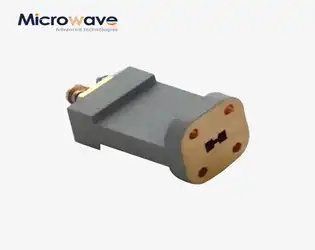
July 23, 2025
In the rapidly evolving landscape of satellite communication technology, the seamless integration between waveguide and coaxial systems has become paramount for achieving optimal signal transmission and system performance. The End Launch Double Ridged WG To Coaxial Adapter stands as a critical component that bridges this technological gap, enabling efficient power transfer and signal integrity across diverse frequency ranges. This sophisticated microwave component serves as the backbone of modern satellite communication infrastructure, facilitating the complex process of signal conversion between waveguide and coaxial cable systems. With the global satellite communication market experiencing unprecedented growth and the increasing demand for high-bandwidth applications, the End Launch Double Ridged WG To Coaxial Adapter has emerged as an indispensable solution for telecommunications providers, aerospace engineers, and defense contractors seeking reliable, high-performance connectivity solutions that can withstand the demanding requirements of space-based communication systems.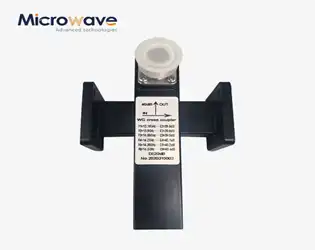
Crossguide Directional Couplers: 18dB Directivity Guaranteed
July 23, 2025
In the rapidly evolving landscape of microwave technology, precision and reliability are paramount. The Crossguide Directional Coupler stands as a testament to engineering excellence, offering guaranteed 18dB directivity that sets the standard for modern RF and microwave applications. This innovative component represents a crucial advancement in power division and signal routing, providing engineers with the confidence needed for critical applications in satellite communications, radar systems, and aerospace technologies. With over two decades of expertise in microwave manufacturing, Advanced Microwave Technologies Co., Ltd. has developed these sophisticated devices to meet the stringent demands of industries where performance cannot be compromised.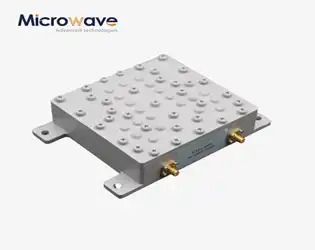
How Coaxial Bandpass Filters Improve Signal Quality Instantly?
July 23, 2025
In today's complex electromagnetic environment, signal integrity remains paramount for critical applications spanning satellite communications, defense systems, and telecommunications infrastructure. The answer to achieving instant signal quality improvement lies in the strategic implementation of Coaxial Bandpass Filters. These precision-engineered components serve as selective frequency gatekeepers, allowing desired signals to pass through while effectively rejecting unwanted interference and noise. By maintaining optimal signal-to-noise ratios and minimizing insertion loss, Coaxial Bandpass Filters deliver immediate enhancement to system performance. Their compact coaxial design, combined with high Q-value characteristics and customizable frequency ranges from 10 MHz to 110 GHz, makes them indispensable for applications requiring superior signal clarity and reliability in demanding operational environments.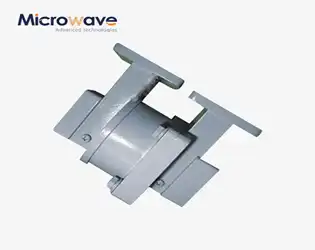
I-Type, L-Type, U-Type: Versatile Waveguide Single Channel Rotary Joint Designs
July 23, 2025
In the rapidly evolving landscape of microwave communication systems, the demand for reliable and efficient signal transmission solutions has never been more critical. The Waveguide Single Channel Rotary Joint represents a pinnacle of engineering excellence, offering three distinct design configurations that cater to diverse industrial applications. I-Type, L-Type, and U-Type rotary joints serve as essential electromechanical components that enable seamless microwave energy transfer between stationary and rotating systems. These sophisticated devices are integral to satellite communications, defense systems, aerospace applications, and navigation equipment, where precision and reliability are paramount. Each design variant offers unique advantages depending on the specific geometric requirements and operational constraints of the application, making them indispensable tools for engineers seeking optimal performance in rotating microwave systems.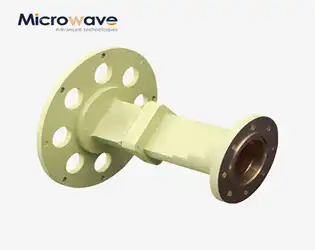
What Role Does Material Selection Play in the Durability of Circular Waveguide Transitions?
July 22, 2025
In the demanding world of microwave technology, the longevity and reliability of Circular Waveguide Transitions depend heavily on the materials used in their construction. Material selection serves as the cornerstone of durability, directly influencing performance characteristics such as signal integrity, thermal stability, and resistance to environmental factors. Advanced Microwave Technologies Co., Ltd. recognizes that proper material choices can mean the difference between a component that fails prematurely and one that delivers decades of reliable service in critical applications ranging from satellite communications to defense systems.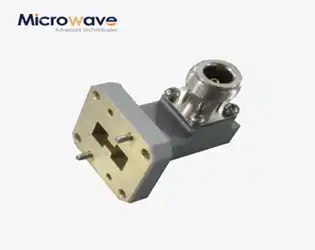
Which Industries Benefit Most from Using a Right Angle Double Ridged WG To Coaxial Adapter?
July 22, 2025
The Right Angle Double Ridged WG To Coaxial Adapter represents a critical component in modern microwave systems, serving as an essential bridge between waveguide and coaxial transmission lines. This specialized adapter finds widespread application across multiple industries where signal integrity, space optimization, and high-frequency performance are paramount. Industries that benefit most from using a Right Angle Double Ridged WG To Coaxial Adapter include aerospace and defense, satellite communications, radar systems, telecommunications, and weather monitoring sectors. These precision-engineered components enable seamless signal transmission while providing the compact design necessary for space-constrained installations, making them indispensable in applications ranging from military surveillance systems to commercial satellite ground stations.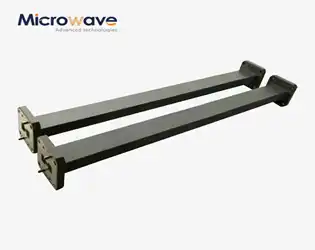
Why Should You Choose a Double Ridge Straight Waveguide Over a Standard Waveguide?
July 22, 2025
When selecting microwave components for high-frequency applications, the choice between a Double Ridge Straight Waveguide and a standard waveguide can significantly impact your system's performance. A Double Ridge Straight Waveguide offers superior bandwidth capabilities, reduced size requirements, and enhanced signal transmission efficiency compared to traditional rectangular waveguides. This advanced design incorporates ridges that extend into the waveguide cavity, creating a more compact solution while maintaining excellent electrical performance across broader frequency ranges. Advanced Microwave Technologies Co., Ltd. has leveraged over 20 years of experience in microwave technology to develop Double Ridge Straight Waveguides that meet the demanding requirements of modern satellite communication, radar systems, and defense applications.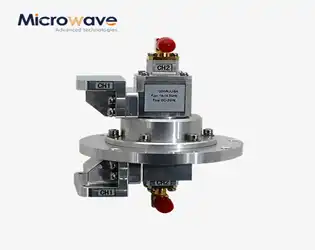
How Can You Customize a Waveguide Dual-Channel Rotary Joint for Your Unique RF Requirements?
July 22, 2025
When seeking optimal performance in high-frequency microwave applications, understanding how to customize a Waveguide Dual-Channel Rotary Joint becomes crucial for achieving precise RF signal transmission. These sophisticated electromechanical devices serve as the backbone of modern satellite communications, radar systems, and aerospace applications where seamless signal transfer between stationary and rotating components is essential. The customization process involves careful consideration of frequency specifications, mechanical tolerances, environmental requirements, and specific application demands. By tailoring these components to meet unique RF requirements, engineers can ensure minimal transmission loss, maximum signal integrity, and enhanced system reliability across diverse operational environments.




